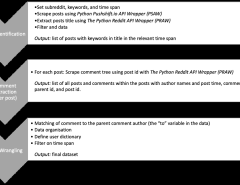Authors: Jamie Heredge, Niraj Kumar, Dylan Herman, Shouvanik Chakrabarti, Romina Yalovetzky, Shree Hari Sureshbabu, Marco Pistoia
Published on: May 14, 2024
Impact Score: 7.4
Arxiv code: Arxiv:2405.08801
Summary
- What is new: Establishes the connection between the dynamical Lie algebra of VQC models and data privacy, outlining how certain properties that aid trainability also ease privacy breaches.
- Why this is important: Understanding the difficulty of recovering input data from the gradients of quantum machine learning models to ensure data privacy.
- What the research proposes: Analyzing the role of the dynamical Lie algebra in the variational quantum circuits to determine privacy vulnerabilities and suggest design adjustments for enhanced privacy.
- Results: Identified conditions under which both weak and strong privacy breaches occur, guided by the properties of the encoding map and its relation to the VQC model’s dynamical Lie algebra.
Technical Details
Technological frameworks used: Variational Quantum Circuits
Models used: Quantum Machine Learning Models
Data used: Gradients shared in distributed learning settings
Potential Impact
Quantum computing companies, cybersecurity firms, and any industry relying on collaborative machine learning for sensitive data.
Want to implement this idea in a business?
We have generated a startup concept here: QuantumSafe.


Leave a Reply